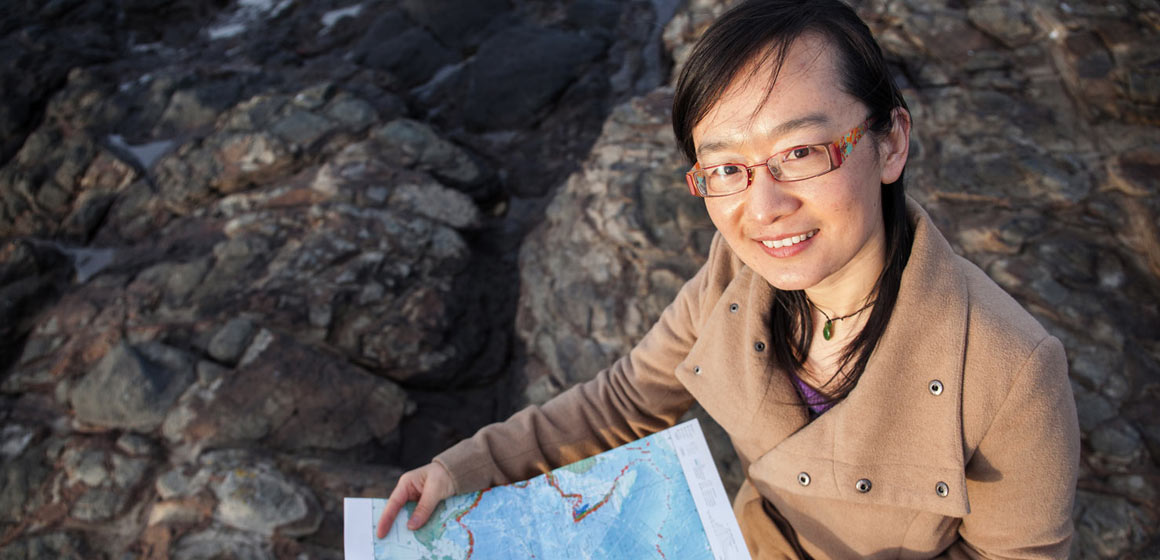
Identifying the foreshock phases of an earthquake sequence could lead to more accurate forecasting of main shocks, says Dr Ting Wang (Department of Mathematics and Statistics).
Wang is in the first year of a two-year project aiming to create a statistical model to automatically classify the periods of earthquake records into different phases – foreshocks, main shocks, aftershocks and background activity. She is collaborating on the project with Professor Mark Bebbington (Massey), Dr Matthew Gerstenberger (GNS Science) and Dr Virginia Toy (Geology, University of Otago).
“Aftershock behaviour is well studied. We're trying to identify foreshocks by looking at a long sequence with many main shocks and see if there are any characteristic behaviour patterns in front of large earthquakes. If there are, they may indicate foreshock activity."
“If we know of foreshocks, next time there's a similar pattern we can estimate the probability of there being a main shock.”
Wang is currently analysing 30 years of data from three regions that share similar tectonic environments with New Zealand – the Middle America Trench, northern California and the east Honshu-Hokkaido region in Japan.
“New Zealand has good records, but doesn't have that many large earthquakes compared to the three chosen areas where there are many large main shocks.
“The statistical model will categorise different behaviours over time and then go backwards to track foreshocks automatically.”
In a separate project, Wang is building on her PhD research, in which she developed a statistical model for identifying anomalous GPS signals that could be related to large earthquakes.
She is also working on a model for volcanic activity (with Bebbington) which would automatically classify periods of records where there could be data missing.
When data are missing it is harder to reliably forecast future eruptions, she says. “The general trend is that there is more likely to be missing data in the early years so the model needs to take that into account.
“The final objective is to be able to forecast eruptions in a robust way, especially for dormant volcanoes that could produce large eruptions. Least expected means least prepared.”
FUNDING
- Earthquake Commission
- Marsden Fast-Start Grant
- University of Otago Research Grant (volcanic project)
